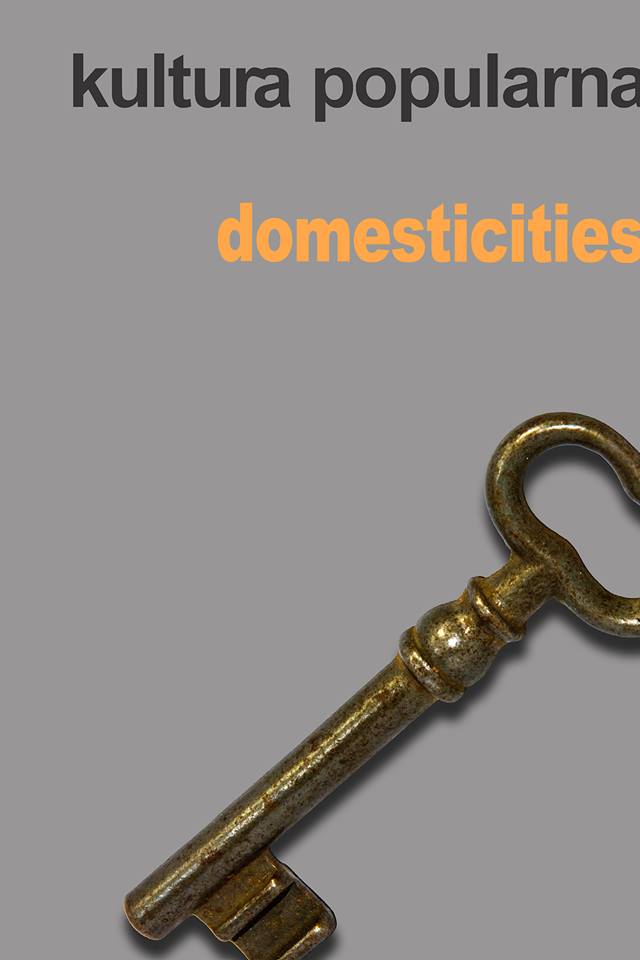Securing Homes: Orphan Trains as a Way of Curing Ills of the Late 19th Century America
Securing Homes: Orphan Trains as a Way of Curing Ills of the Late 19th Century America
Author(s): Małgorzata Gajda-ŁaszewskaSubject(s): Anthropology, Cultural history, Ethnohistory, Local History / Microhistory, Political history, Social history, Modern Age, Family and social welfare, 19th Century
Published by: Szkoła Wyższa Psychologii Społecznej
Keywords: Orphan Trains; Children's Aid Society; New York; home; tenement; immigration; orphan; labor shortage; Midwest
Summary/Abstract: Rapid changes in American society at the late 19th century bred social ills which required solving with the use of all available resources of the era. One of the tools, developed by the Children’s Aid Society of New York, was the “Orphan Trains” program. It focused on the “street Arabs,” poor kids of New York tenements who in large numbers were relocated to Midwestern farms to be Americanized, taught to work and saved from destitution. The scheme is viewed through its central metaphor of “home” which refers not only to the homes found for the orphans but also the homes of the emerging bourgeois class as well as the tenement dwellings. The work attempts to show that saving innocent victims tried in fact to ensure stability of American society at large as it addressed growing economic disproportions, grave shortage of labor on farms and a threat to American participatory democracy caused by influx of unskilled foreigners. Moreover, the scheme of relocation employed community based, self-help solutions which drew on the traditional American values of family, home and hard work and attempted to address new ills with well-established methods of indentured work. Simultaneously, it implemented modern ideas concerning childhood, child care or charity.
Journal: Kultura Popularna
- Issue Year: 58/2018
- Issue No: 04
- Page Range: 28-38
- Page Count: 11
- Language: English

